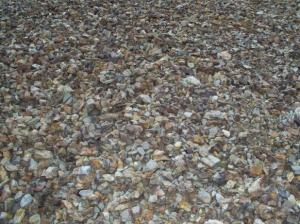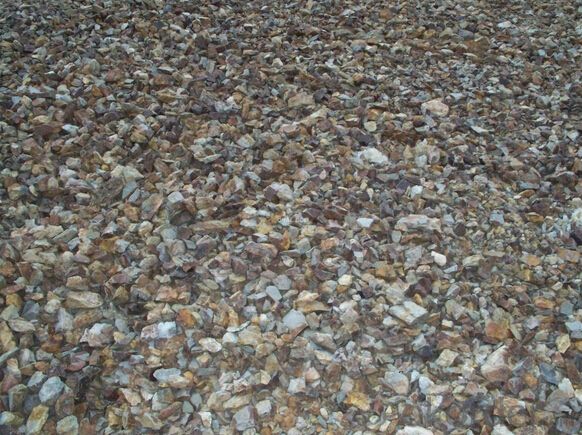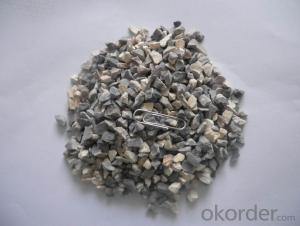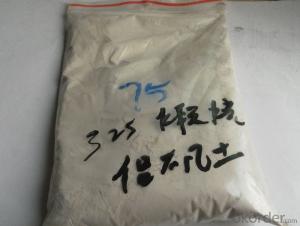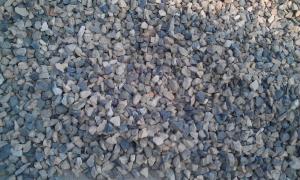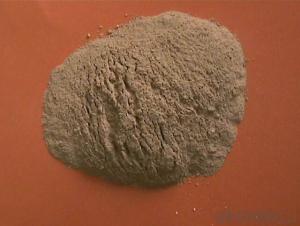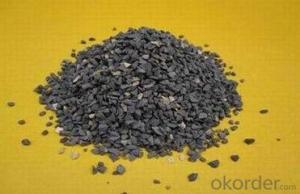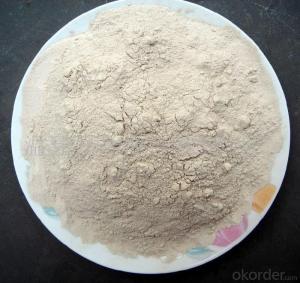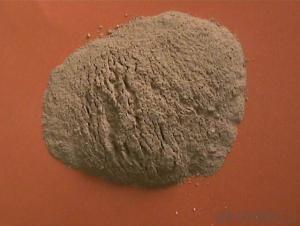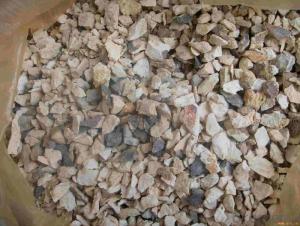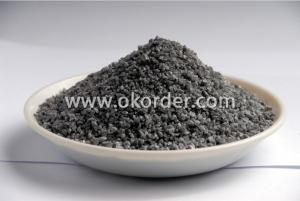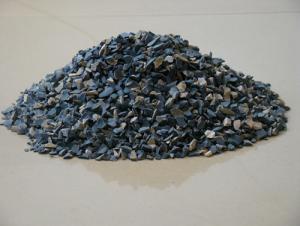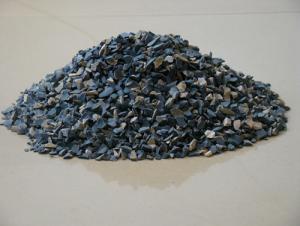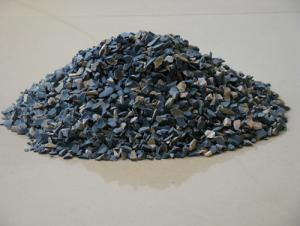Raw Materials for Refractory - Calcined Bauxite for Low Cement Ladle Lining as Refractory Materials Originates in China
- Loading Port:
- Tianjin
- Payment Terms:
- TT or LC
- Min Order Qty:
- 20000 m.t.
- Supply Capability:
- 10000000 m.t./month
OKorder Service Pledge
OKorder Financial Service
You Might Also Like
1.Structure of Calcined Bauxite Description
Calcined Bauxite for Low Cement Ladle Linning as Refractories Materials Originates in China
Bauxite (aluminous soil; Bauxite) is also called the alumina or bauxite, main ingredients are alumina, hydrated alumina containing impurities, is an earthy mineral. White or gray, brown and yellow or light red by iron. From 4 to 3.9 g/cm3 density, hardness, 1 ~ 3 is not transparent, very brittle. Very difficult to melt. Insoluble in water, soluble in sulfuric acid, sodium hydroxide solution. Mainly used for aluminium, refractory material.
2.Main Features of the Calcined Bauxite
Calcined Bauxite for Low Cement Ladle Linning as Refractories Materials Originates in China
Calcined bauxite is one of the principal ore of aluminum. Calcined bauxite contains hydrous aluminum oxides and aluminum
hydroxides, formed through the laterization of aluminous rocks in tropical and subtropical areas .Calcined bauxite is obtained by calcining (heating)superior grade bauxite at high temperature (from 85OC to 1600C) .This removes moisture there. By increasing the alumina content,compared to an alumina content of about 57%to 58% in raw bauxite, calcined bauxite has an alumina content of 84%to88%.The heating is carried out in rotary kilns.
3.Main usage of the Calcined Bauxite
Calcined Bauxite for Low Cement Ladle Linning as Refractories Materials Originates in China
(1) aluminium industry. Used in national defense, aerospace, automotive, electronics, chemical industry, daily necessities, etc.
(2) precision casting. Alumina clinker made after the mould precision casting processed into fine powder. Used in military industry, aerospace, communications, instrumentation, machinery and medical equipment department.
(3) is used for refractory products. High bauxite clinker refractoriness is as high as 1780, chemical stability strong, and good physical properties.
(4) aluminum silicate refractory fiber. With light weight, high temperature resistance, good thermal stability, low thermal conductivity, heat capacity is small and the advantages of resistance to mechanical shock. Used in iron and steel, nonferrous metallurgy, electronics, petroleum, chemical, aerospace, atomic energy, defense and other industries.
(5) in magnesia and bauxite clinker as raw materials, add the appropriate binder, used for pouring ladle whole ladle lining has particularly good effects.
(6) manufacture alumina cement, abrasive materials, ceramic industry and chemical industry can be aluminum of various compound.
4. Calcined Bauxite Images
Calcined Bauxite for Low Cement Ladle Linning as Refractories Materials Originates in China
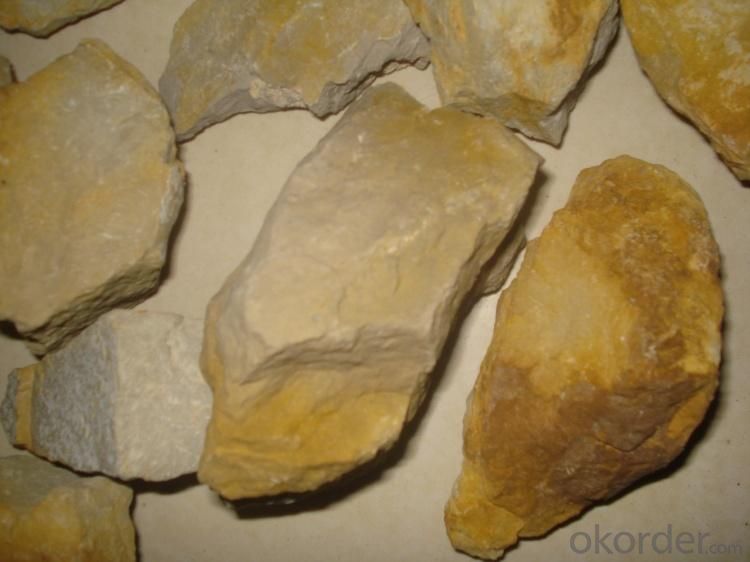
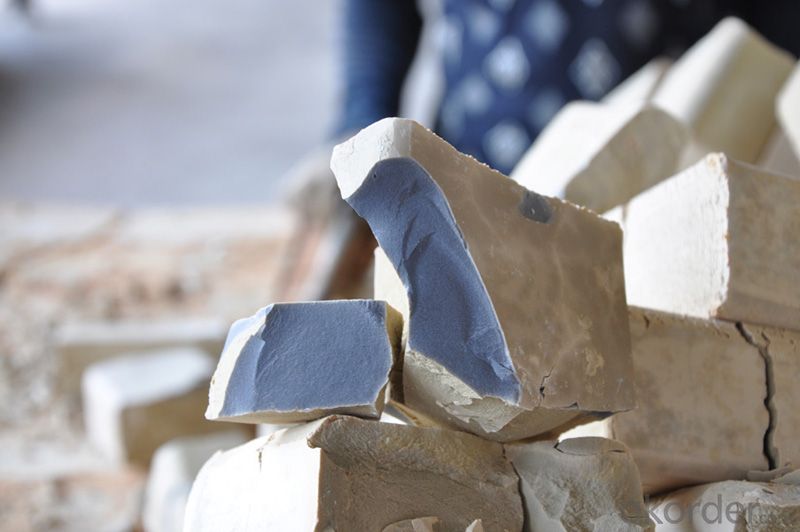
5. Calcined Bauxite Specification
Calcined Bauxite for Low Cement Ladle Linning as Refractories Materials Originates in China
Ladle linning refractories
1).Lower porosity of castings
2).Excellent slag corrosion resistance
3).Long life cycle
6.FAQ of Calcined Bauxite
Bauxite & Magnesia Material Low Cement for Ladle Linning Refractories of Originates in China
1). Q: Are you a factory or trading company?
A: We are a factory.
2). Q: Where is your factory located? How can I visit there?
A: Our factory is located in ShanXi, HeNan, China. You are warmly welcomed to visit us!
3). Q: How can I get some samples?
A: Please connect me for samples
4). Q: Can the price be cheaper?
A: Of course, you will be offered a good discount for big amount.
- Q: How to understand qualitative and qualitative refractory materials?
- Such as amorphous refractory castable, referred to as bulk loading, cast material, ramming material, refractory clay etc., utensils and other special products. Amorphous refractory material products, refractory heat insulating bricks and experimental and industrial crucible, spraying materials, such as burning bricks, electric melting brick, turn it into required shape and process heat treatment in where it is used.
- Q: Refractory net
- The development of the industry of refractory materials is very good, manufacturers are also more and more, especially in the Henan Xinmi side, next to the factory factory, we had visited gold refractory material factory, the scale is very large.
- Q: How long is the duration of fire resistance of hollow glass magnesium board
- Glass magnesium board is non-combustible board with excellent fire resistance ability, the continuous burning time of flame is 0, non-combustible at 800℃, no flame at 1200℃, achieving the highest level of fire retardant level A1; Partition System cooperated with high-quality keel can endure fire for more than 3 hours. In the process of combustion, a large amount of heat energy can be absorbed, and the temperature of the surrounding environment will be delayed.
- Q: What is molten silicon? What refractoriness do refractories made by it have? What properties of using does it have?
- Molten silicon can be called quartz glass, which shows an amorphous silicon state. It is a liquid fusion at above 1723 degree and is an ultra-cooling state at low temperatures. It is not generated in refractories, but generated in the matrix, showing liquid state at a high temperature capable of buffering the stress with somewhat binding properties. If quartz glass is used as refractory, its function are melrly these ones. (These are what I konw for reference only.)
- Q: What are the physical properties of refractory material?
- The mechanical properties of refractory material include compressive strength, volume density and sclerosing, slag resistance, elastic modulus, thermal shock resistance, oxidation resistance, bibulous rate, fluidity, resilience, bond strength and slump, electrical conductivity, specific heat, heat capacity, the impact strength, linear change, torsional strength, stomatal aperture distribution, resistance to acid, etc. The use performance of refractory material include refractoriness, thermal emissivity, condensation, porosity, coefficient of thermal expansion. Thermal properties of refractory material include thermal conductivity, temperature conductivity, plasticity, the hydration resistance, creep performance. The physical properties of the refractory materials include structure performance, mechanical properties, shear strength, load softening temperature, CO erosion resistance. The structure properties of the refractory materials include porosity, alkali resistance and sintering. The operating performance of refractory material include consistency, tensile strength, the use performance and operating performance, wear resistance, bending strength, thermal properties.
- Q: What are refractory materials?
- Refractories can be divided to two categories based on the shape and three categories according to the chemical nature of acidity, neutralily and alkalinity. Alkaline refractory materials are magnesia-carbon brick, magnesia chrome brick, calcium magnesium brick and magnesia-chrome bricks. Neutural refractory mateial are high alumina brick, corundum brick and clay brick. Case-hardened refractory materials are castable, ramming mass, gunning mix, coated mix, dry vibration material, etc.
- Q: What are the types of steel refractory materials
- The major category is classified as permanent layer, working lining. Specific varieties: Air permeable brick (corundum). steel ladle brick (magnesia or corundum), permanent layer castable (high alumina), reinforcing material for ladle bottom, repair material for the edge of tank and so on.
- Q: how does the fire endurance of first rate fire resistant window?
- how does the fire endurance of first rate fire resistant window? I really don't know it and I need a specific direct and detailed answer!
- Q: What are the requirements for fire?rating of construction suspended ceiling material ?
- In fireproof design of all parts in interior decoration, fireproof design of suspended ceiling is the most important. Because the flame is burning up in fire and the suspended ceiling is the first and most direct part to test fire; at the same time, it has a direct impact on the evacuation. Therefore, in indoor suspended ceiling decoration design, fireproof work should be considered fully. Code of fire prevention design of interior decoratio of buildings has detailed provisions for fireproof?performance of indoor suspended ceiling materiial of different civil buildings. Suspended ceiling (sprung roof) refers to the top decoration of a house. Suspended ceiling, an important sub-project in construction decoration project, and the hidden layer of electrical equipment, ventilation and air condition, communication and fireproof, alarm pipelines, etc. has the functions of thermal insulation, sound insulation and absorption. Suspended ceiling plays an important role on the entire house decoration. Proper decoration to the house top surface, can not only beautify indoor environment, but also create a colorful interior artistic image. When choosing decoration materials and design of suspended ceiling, you should follow the principle of saving material, being solid, safe, beautiful and practical.
- Q: Who knows about the B-level fireproof insulation materials?
- Commonly used B-level materials: Molding polystyrene foam, extruded polystyrene board, gelatine powder polyphenyl granule heat insulating slurry. Although the polyurethane is not the commonly used material, but the 9mm composite of monolayer gypsum board and PU insulating material can reach B-level.
Send your message to us
Raw Materials for Refractory - Calcined Bauxite for Low Cement Ladle Lining as Refractory Materials Originates in China
- Loading Port:
- Tianjin
- Payment Terms:
- TT or LC
- Min Order Qty:
- 20000 m.t.
- Supply Capability:
- 10000000 m.t./month
OKorder Service Pledge
OKorder Financial Service
Similar products
Hot products
Hot Searches
Related keywords
